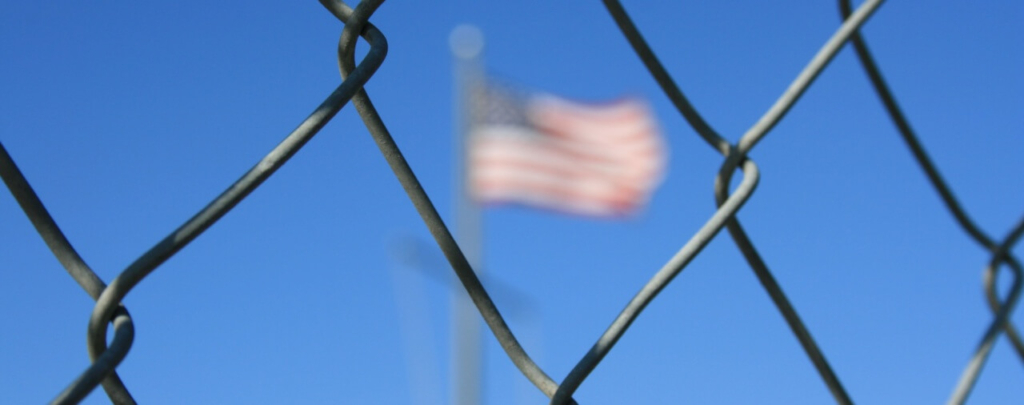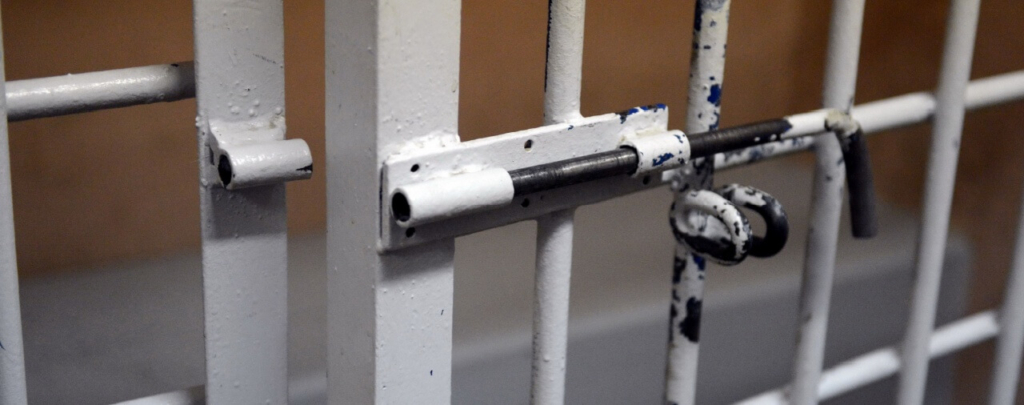An Immigrant Friendly City in Ohio?
On October 6, 2013, the New York Times published an article about Dayton’s “Welcome Dayton” plan [see article].1 The plan, passed by the Dayton City Council in 2011, created programs to both attract highly skilled immigrants to Dayton and make it easier for immigrants already in Dayton to contribute positively to the city’s economy.
The Welcome Dayton Program is noteworthy because of Dayton’s emphasis on seeing immigrants as allies in helping to revitalize the city. One success story discussed in the article involved 400 Turkish families, many of whom moved to Dayton from other cities, moving into and rehabilitating vacant and gutted houses.
As part of the initiative, city officials began working with local organizations to offer resources to immigrants such as:
Adding interpreters for public offices;
Adding foreign language books to libraries and arranging English classes;
Worked with local groups to provide courses for immigrants interested in opening small businesses;
Worked with Wright State University to help immigrant doctors and engineers gain certifications in order to practice in the United States.
However, other aspects of the program were not without controversy. The article notes that the Dayton police chief, Richard S. Biehl, ordered officers to not check the immigration status of “crime witnesses, victims, and people stopped for minor traffic violations or other low-level offenses.” While this was welcomed by many, some questioned whether Dayton had become a de facto “sanctuary city” for those present in the United States illegally. In response to these arguments, the Welcome Dayton Program Coordinator, Melissa Bertolo, stated that while Dayton is open and welcoming to immigrants, it is not a sanctuary city.2
My Thoughts
The immigration debate has a tendency to focus only on levels of immigration enforcement and what to do with people who are in the United States illegally. To be sure, both of these points are important. I am unequivocally for securing the border and improving immigration enforcement as a prerequisite to broader immigration reform and an opponent of amnesty. However, it is also important that in this debate, we focus on bolstering our legal immigration system in ways that would not only help Dayton, but the country as a whole. Like Dayton, we should ask whether it is a waste that an immigrant doctor or engineer is not applying his or her valuable skills in the United States because of difficulty in navigating the bureaucracy for obtaining proper certification. More broadly, we should be developing proposals to reorient the immigration laws so that they focus more on increasing the immigration opportunities for highly skilled immigrants such as immigrant doctors and engineers who are eager to join American society and apply their skills for the betterment of cities like Dayton and the U.S. economy.
Without analyzing the every aspect of the specific implementation of the Welcome Dayton Program, it is refreshing in general to see a city think about highly skilled immigrants as allies in improving the economy rather than as foreigners who are stealing otherwise vacant American jobs and homes.
The program is still ongoing and can be found online at welcomedayton.org.
Please read my blog about the failure of our immigration system for dairy farmers to see another aspect of our immigration system that can be improved [see blog].
- Preston, Julia, “Ailing Midwestern Cities Extend a Welcoming Hand to Immigrants,” nytimes.com, (Oct. 6, 2013), available at http://www.nytimes.com/2013/10/07/us/ailing-cities-extend-hand-to-immigrants.html
- Bearishelle, Edmé, “Dayton has no plans to stop welcoming immigrants,” wdtn.com, (Jul. 9, 2015), available at http://wdtn.com/2015/07/09/dayton-has-no-plans-to-stop-welcoming-immigrants/





